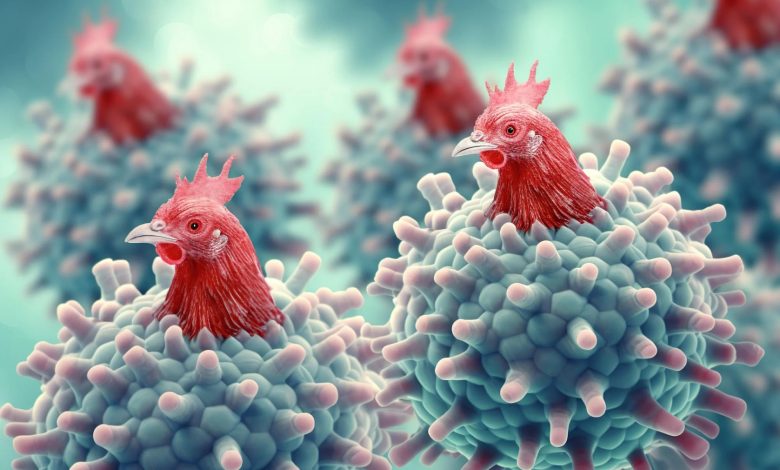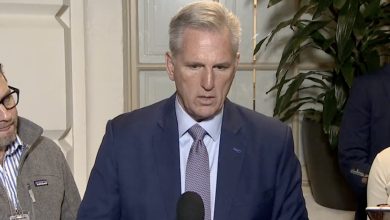‘This could be 100 times worse than Covid’

Amidst growing concerns, experts have cautioned that a bird flu pandemic may be looming on the horizon, one that could be catastrophic on a scale ‘100 times worse than Covid-19.’
The alarm was raised following reports of the virus being found in multiple species, including cows, cats, and humans, which could potentially accelerate the virus’s mutation to become more transmissible among humans.
In March 2024, testing for influenza was conducted on several animals in Texas and Kansas due to signs of illness. These animals included wild birds, cats, and dairy cows. Some of these tests returned positive for avian influenza A(H5N1), marking the first time the virus has been detected in cattle within the United States.
Highly Pathogenic Avian Influenza (HPAI), initially detected in dairy cows in Texas and Kansas, has now spread to additional herds in Michigan, Idaho, and New Mexico.
On Monday, the Texas Department of State Health Services (DSHS) issued a health alert after confirming the first human case of the novel avian influenza A(H5N1) in the state.
“The patient became ill following contact with dairy cows presumed to be infected with avian influenza. The patient’s primary symptom was conjunctivitis. This is the second case of avian influenza A(H5N1) identified in a person in the United States and is believed to be associated with the recent detections of avian influenza A(H5N1) in dairy cows announced by the Texas Animal Health Commission,” according to DSHS.
During a recent briefing, scientists highlighted the increasing risk of the H5N1 bird flu strain turning into a pandemic.
The meeting, attended by leading bird flu researchers, medical professionals, and government officials, was convened in response to the human bird flu case and organized by John Fulton, a vaccine consultant and pharmaceutical industry expert, according to Daily Mail.
“This appears to be 100 times worse than Covid, or it could be if it mutates and maintains its high case fatality rate,” said Fulton. “Once it’s mutated to infect humans, we can only hope that the [fatality rate] drops.”
Dr. Suresh Kuchipudi, a notable figure in bird flu research, warned of the virus’s potential for a pandemic, highlighting its global distribution and ability to infect a variety of mammals, including humans.
“And now we are getting dangerously close to this virus potentially causing a pandemic,” Kuchipudi said.
“H5N1 viruses have already demonstrated several important features of a potential pandemic virus. So these are, the virus is already globally distributed, and this virus particularly, that is often perceived as an avian virus, it can, and it has shown, the ability to infect a range of mammalian hosts including humans.
“We are not really talking about a virus that is yet to make a jump, we are talking about a virus that is globally present, already infecting a range of mammals and is circulating. So, therefore, in my view, I think this is a virus that has the greatest pandemic threat [that is] playing out in plain sight and is globally present. It is really high time that we are prepared,” he added.
According to the World Health Organization, the H5N1 fatality rate stands at an alarming 52 percent, a stark contrast to the less than 0.1 percent mortality rate of Covid-19. The concern is that if H5N1 becomes easily transmitted among humans while maintaining its high fatality rate, the consequences could be dire.


